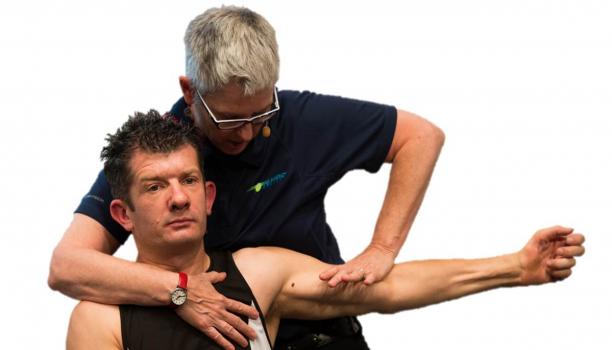Classifications
Terminology simplified..
Classification systems have been put into place to ensure that the competition is fair, ensuring that all of the competitors have an equal opportunity to place, and they can because of their talent and not because their disability was less severe than the other competitors. Athletes are divided into categories depending on their disability; these are spinal cord injury or an amputee, or cerebral palsy. These classification guidelines are progressively being monitored and would be amended if necessary under the jurisdiction of the International Paralympic Committee (IPC) sports classification.
Athletes who are in a wheelchair due to spinal cord injury or are an amputee are in classes T51 – T58. Only classes T51 – T54 are for athletes in a wheelchair who are competing in track events, and classes T55 – T58 are for athletes who are competing in field events. An athlete who is classed as T54 is completely functional from the waist up. An athlete who is classed as T53 has restricted movement in their abdominals. An athlete who is classed as either T52 or T51 has restricted movement in their upper limbs.
Athletes who are in a wheelchair due to cerebral palsy have different guidelines compared to an athlete with a spinal cord injury or who is an amputee, and range between T32 – T38. Only classes T32 –T34 are classes for athletes in a wheelchair and classes T35 – T38 are for athletes who can stand.
In essence, only classes T51-T54 and T32-T34 are classes for competing in wheelchair racing or track events and road race marathon.
For detailed information about the above classification categories and other classes of functional abilities, you could get full details via World Para Athletics Classification.
Questions?
Any questions you may have.


